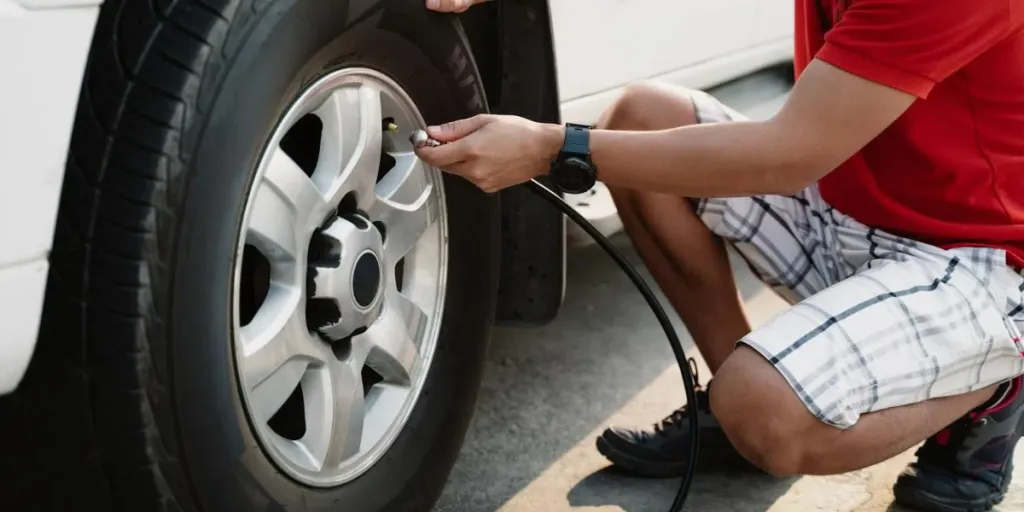Flat tires and routine pressure maintenance are vast parts of owning a vehicle. Most times, having the right tool can make the difference between an annoying situation and a minor inconvenience. Thankfully, that’s where air pumps come in.
Air pumps are currently trending. According to Google keyword research, these products attracted 135,000 searches in June 2024, a 10% increase from April’s 110,000 searches.
But there is no one-size-fits-all solution for air pumps. So, when choosing options to sell, retailers must consider several factors, especially if consumers want them for emergencies. This guide will explain everything to note before stocking tire air pumps and delves into some exciting trends for 2024.
Table of Contents
A brief look at the air pump market
Types of air pumps
5 factors to consider when choosing air pumps for tires and other inflatables
4 air pump trends worth knowing before purchasing
Final words
A brief look at the air pump market
According to Verified Market Reports, the global tire air pump market reached US$1.5 billion in 2023, with experts predicting it will grow to US$5.5 billion by 2030 at a 7.57% compound annual growth rate (CAGR). Another report attributes the market growth to the convenience and time efficiency these devices offer vehicle owners.
Technological advancements and innovations in the electric vehicle segment are other drivers increasing the demand for tire air pumps. Passenger vehicles generated the most sales for the tire air pump market. Additionally, North America held the largest market share, followed by Europe.
Types of air pumps
Handheld air pumps
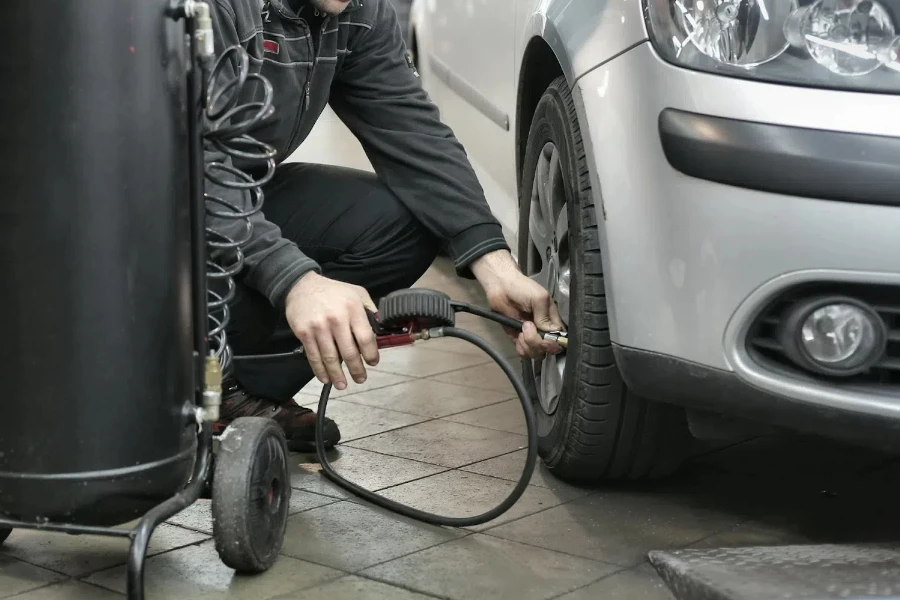
Handheld air pumps are the go-to options for emergencies. They are portable enough to keep in cars and very easy to use. Handheld air pumps are also faster at inflating tires than other types.
Console units
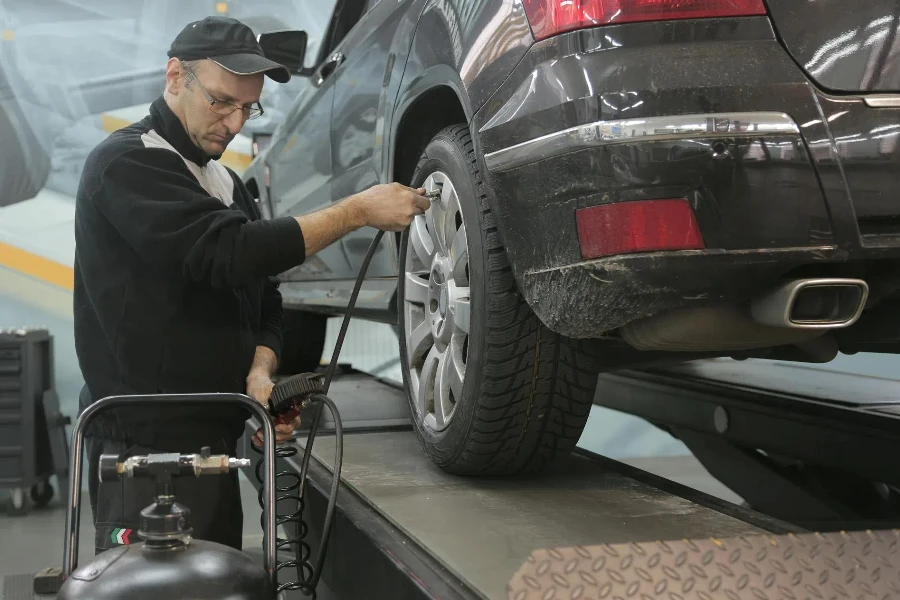
These units are perfect for more than just inflating tires. Console air pumps can inflate various items, including sports balls, rafts, SUPs (like inflatable kayaks), air mattresses for camping, and inflatable toys.
Many console units also come with power options, different inflation attachments, and extra features that handheld inflators don’t have. They may also integrate additional tools, like portable jump starters.
Other types
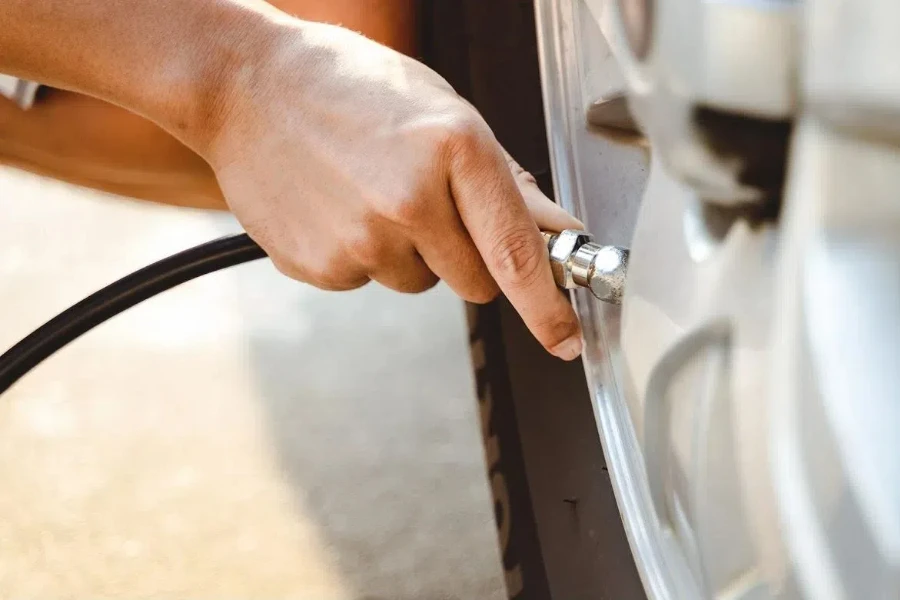
Portable air pumps also come in other types, including 12-volt inflators. These units can come with rechargeable batteries, cordless models, and units with cords that plug into the vehicle’s cigarette lighter socket.
5 factors to consider when choosing air pumps for tires and other inflatables
1. Power source
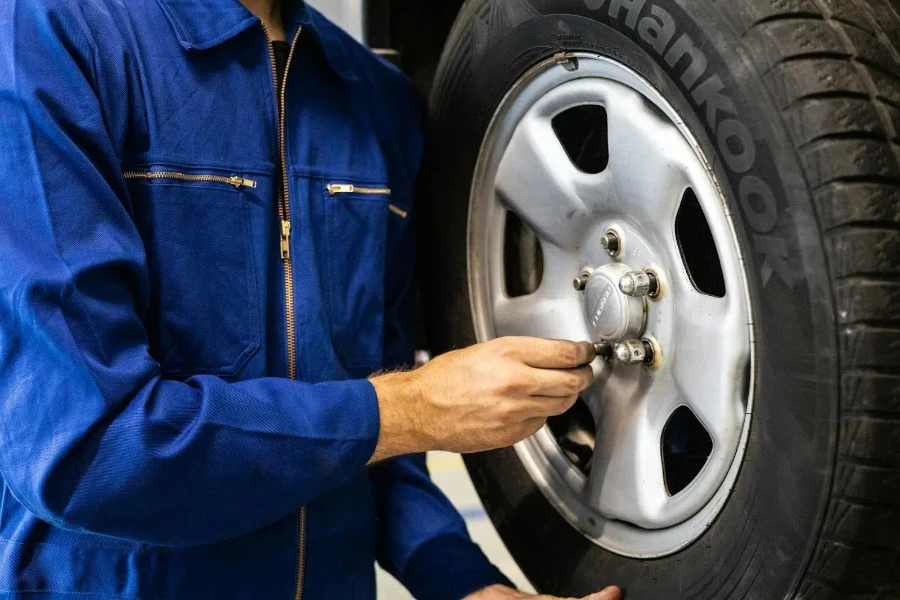
The lifeblood of the air pump determines its functionality and portability. Here’s a breakdown of the common power source options.
AC powered
AC pumps are the powerhouses. They plug into wall outlets, offering the most muscle for swiftly inflating tires and large inflatables like air mattresses. Hence, AC-powered air pumps are ideal for home garages or workshops, making them less portable than other types.
DC powered
Designed for on-the-go situations, DC pumps connect to a car’s cigarette lighter socket. They provide a convenient solution for topping off tire pressure. While not as forceful as AC pumps, they are the perfect compromise between power and portability for car care.
Battery-powered
Cordless and rechargeable, battery-powered pumps offer peak portability. These air pumps are perfect for inflating bike tires, pool toys, beach balls, and other smaller inflatables. However, their compact design often means less power—so they might struggle with car tires requiring higher PSI.
2. Pressure
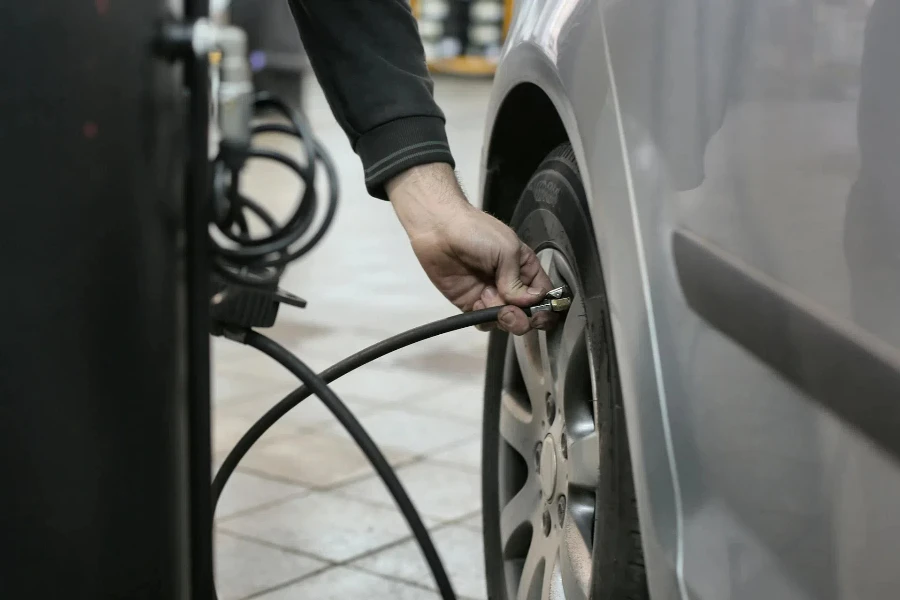
An air pump’s pressure rating (measured in PSI (pound per square inch)) signifies its strength. Generally, the higher the PSI, the more forceful the pump can be. For this reason, retailers must stock pumps with pressure ratings exceeding the recommended PSI for the target inflatables. Usually, car tires need around 35 PSI, so an air pump rated at least 90 PSI would be great for most consumers.
3. Automatic shut-off
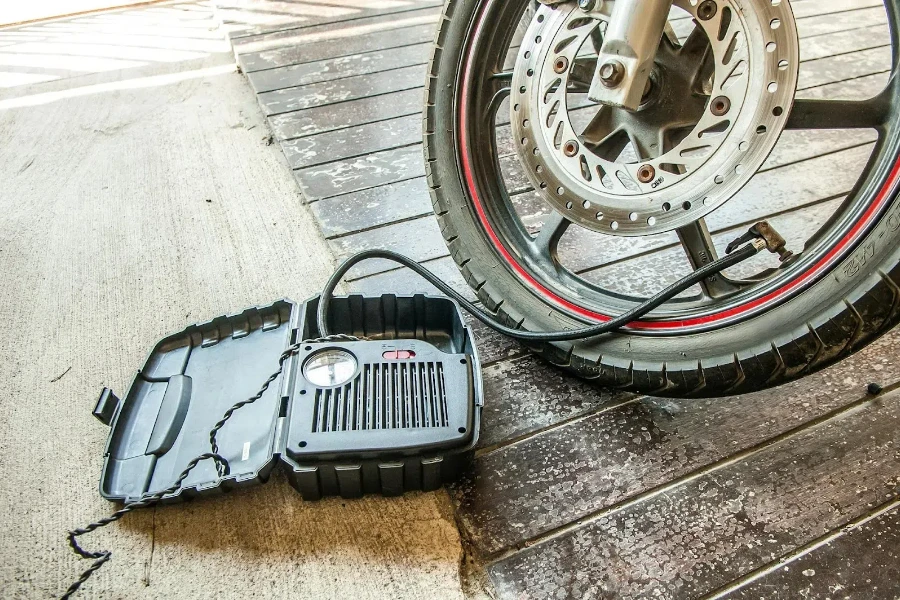
This feature is a lifesaver. It’s a great way for consumers to prevent overinflation. Air pumps with this feature will turn off automatically after reaching the desired pressure. Hence, consumers won’t worry about accidentally damaging their inflatables by exceeding their pressure limits.
4. Flow rate
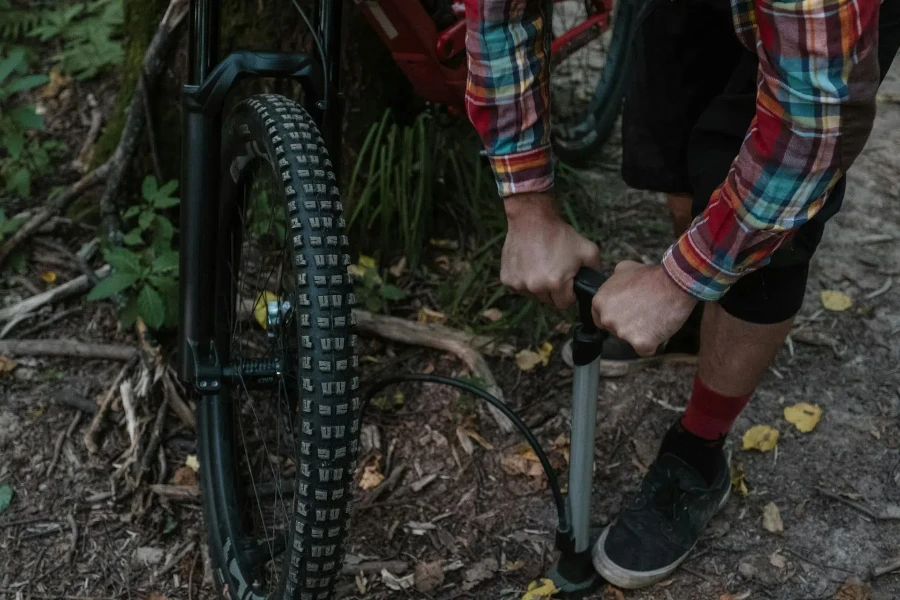
Flow rate determines how fast an air pump can inflate an object—experts usually measure it in CFM (cubic feet per minute). Generally, a higher CFM means faster inflation. So, consumers who prioritize speed with power will consider pumps with a strong flow rate. Here’s a table showing the different flow rates for the air pump types.
| Pump type | Flow rate (CFM) | Average pressure rating (PSI) |
| Handheld air pump | 2 to 5 | 100 to 150 PSI |
| Console units | 15 to 30 | 150 to 300 PSI |
| 12V car inflator | 1 to 3 | 30 to 150 PSI |
5. Portability

As previously mentioned, consumers planning to use their air pumps on the go (like for roadside emergencies or bike rides) will prioritize portability over other factors. So, if such consumers are the target audience, business buyers must focus on compact, lightweight air pumps that are easy to carry and store in car trunks, backpacks, or toolboxes.
Although consumers can move console units around, they are not great for emergencies due to their size, weight, and use complexity. However, they can appeal to consumers looking for air pumps for at-home use.
4 air pump trends worth knowing before purchasing
1. Focus on sustainability
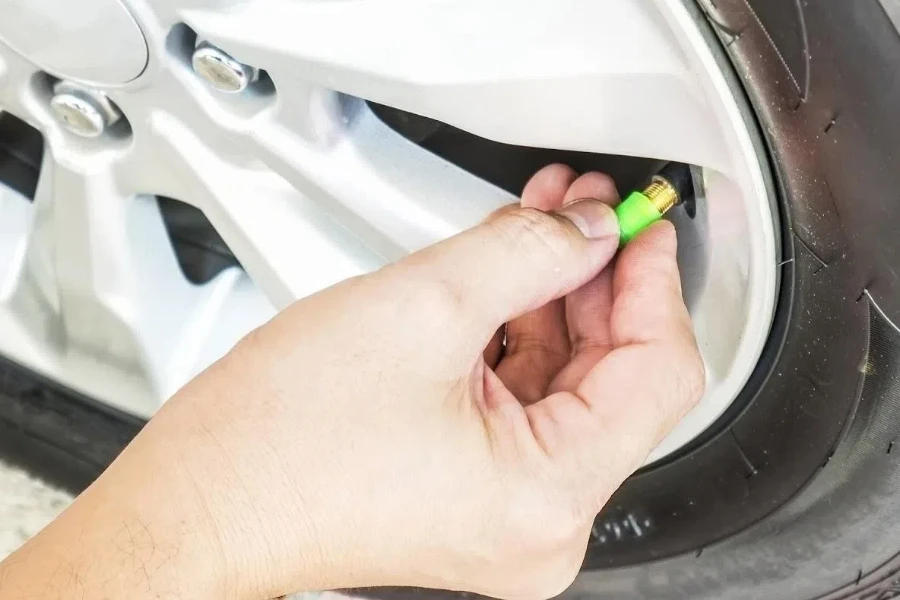
Like other industries, air pumps are also witnessing a growing emphasis on eco-friendly solutions. The industry is seeing a rise in popularity for pumps with:
- Solar-powered options: These pumps eliminate the need for electricity or gasoline, making them a greener choice.
- Energy-efficient designs: Manufacturers are creating pumps that use less power while maintaining inflation performance.
2. Smart pump technology
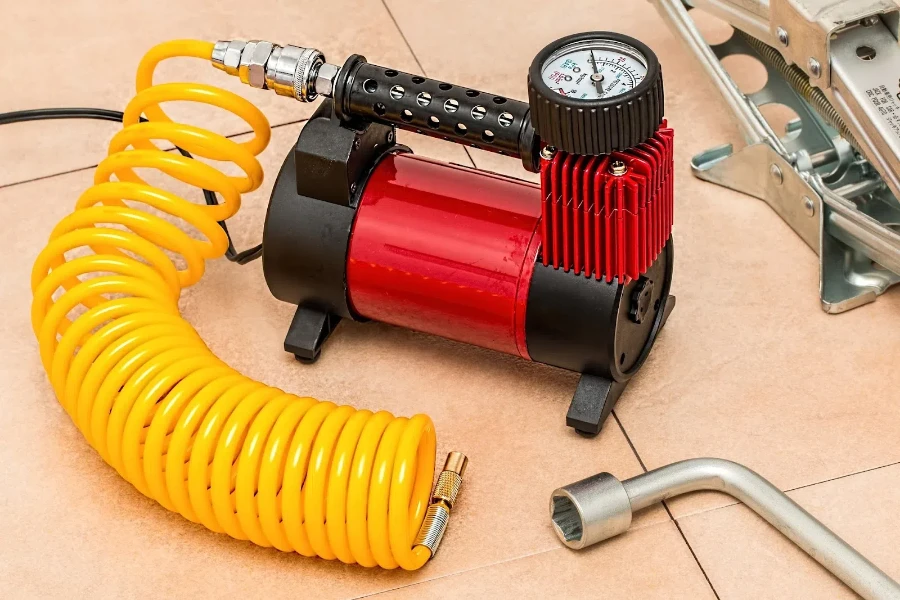
IoT (the Internet of Things) has slowly made its way into air pumps. Now, retailers can stock pumps with the following features:
- Digital pressure gauges: These gauges provide more accurate and easy-to-read pressure readings.
- Automatic shut-off with pre-sets: These models allow consumers to program the desired pressure for their inflatables, allowing the pump to shut off automatically when reached.
- Smartphone connectivity: Some pumps connect to phones via Bluetooth, allowing for remote control and monitoring.
3. Multi-functionality
Air pumps are becoming more versatile than previous generations. Some new models offer:
- Multiple nozzle attachments: This feature allows the pump to inflate a wider range of inflatables, from bike tires to air mattresses.
- USB charging capabilities: These pumps can be a power bank to charge phones or other devices in a pinch.
4. Cold weather performance
There’s a growing interest in cold weather packages for regions with freezing temperatures. These specially designed pumps ensure optimal performance in frigid conditions, preventing malfunctions due to cold temperatures.
Final words
Air pumps are the perfect tools for car owners. They come in handy for emergencies and are great for regular tire maintenance. Pumps can also ensure optimal pressure for better fuel efficiency and increased tire longevity. From feature-packed options to more compact, portable models, there’s an air pump to suit every need and budget. So, use this guide to stock unique air pumps and capitalize on the high search volume.
